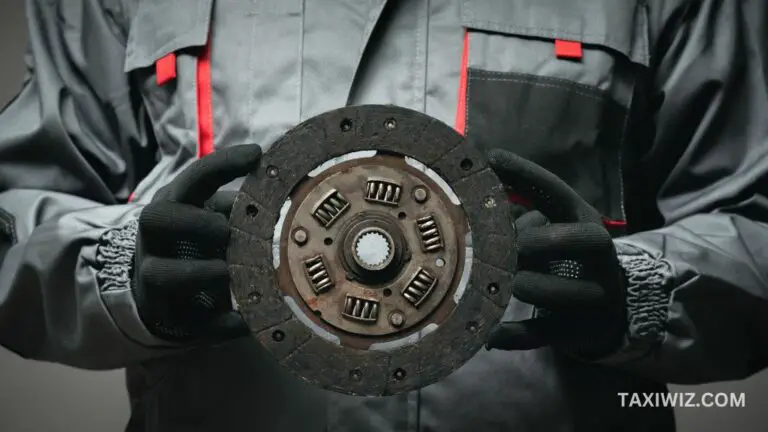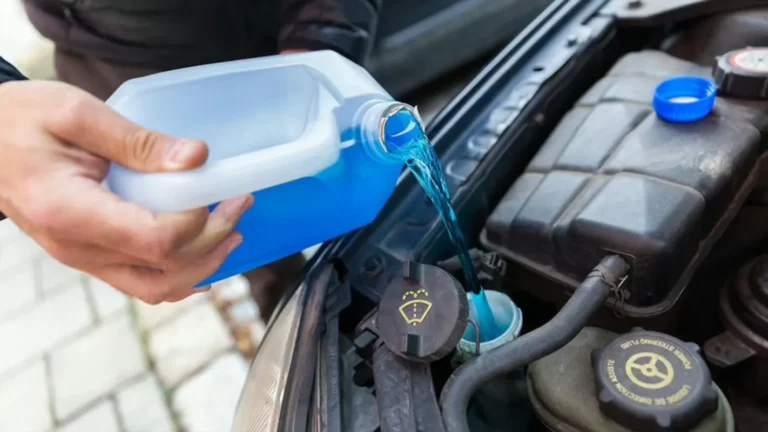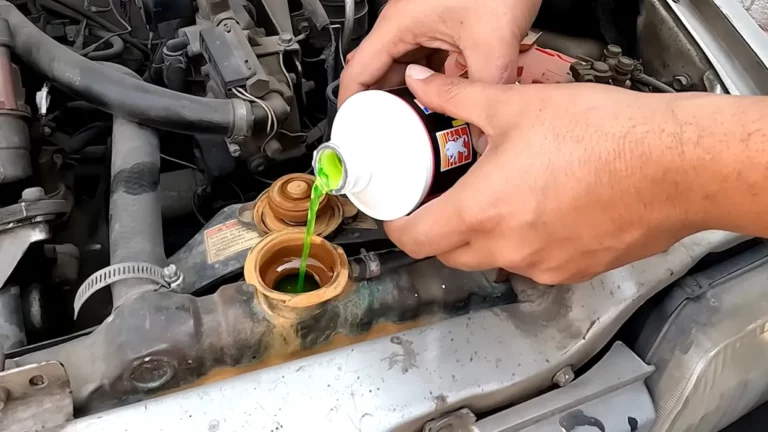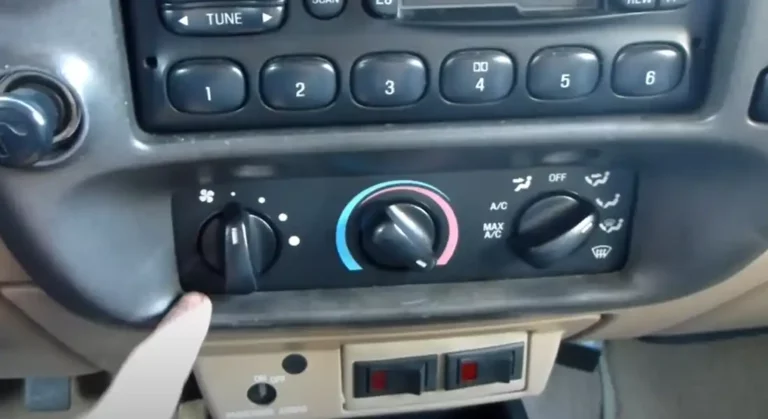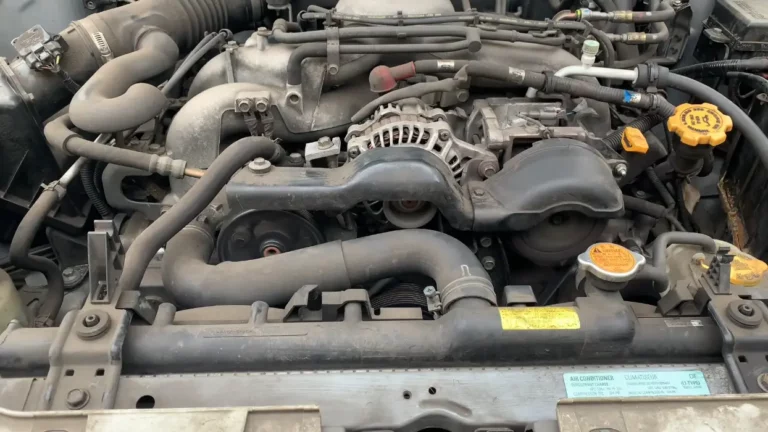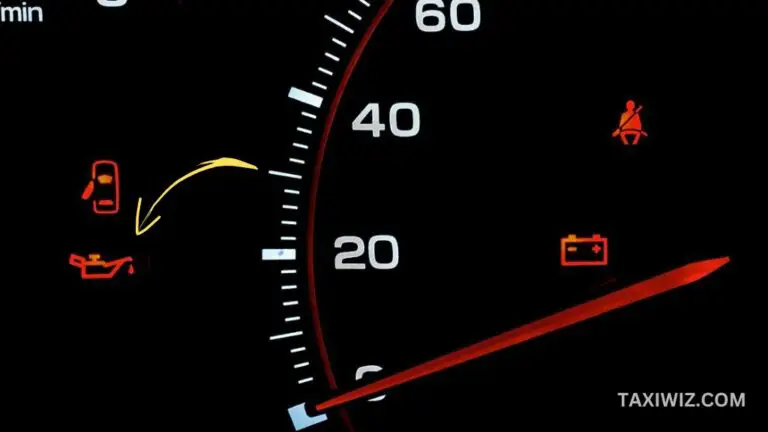What Does O/D Off Mean on a Car
Excitement knows no bounds when you’re about to land your hands on a new car that too when you’re a car freak. At times like these, the satisfaction and excitement drive one crazy especially if the car has crazy unknown features. Such a type of feature is O/D off. That brings up the real question of, what does O/D off mean on a car?
In automotive terminology, O/D stands for the “overdrive” option of a car. It’s a buttoned feature found in most transmission vehicles that allows you to shift top gears and control the speed of the vehicle with a low RPM. It’s a gear that helps your car get a better suspension system and fuel mileage ratio.
Even though overdrive is one of the basic features of most transmission vehicles, there are some perks you’ll have to be mindful of. Hence, we’ve covered everything you need to know about the O/D button. Jump in.
What Does O/D off Mean on a Car
As simple as it may sound, O/D off does indicate the “Overdrive off”. Even though you might be familiar with this term, this feature has much more meaning than you think.
Overdrive is an option that you’ll find both in automatic and manual cars. It’s mainly a feature that’s a gear ratio and helps the transmission maintain the maximum forcing power of the engine and high acceleration. Meaning, overdrive makes your vehicle behave by letting it run at your desired speed while it’s at a low and balanced RPM– reducing fuel consumption. What this phenomenon does is, reduces engine wear and greatly improve fuel efficiency.
O/D is a button situated in the car dashboard that lets you use the overdrive option. So, if you see O/D off, that means the Overdrive option in your car is disabled. You can turn the switch on and off on your own accord based on your driving situation. Typically, users use it to accelerate speed on highways or when they have to move through steeper roads or mountain edges.
However, sometimes you might come across driving situations where the O/D light is flicking. Usually, if your car has a normal functioning overdrive, the light won’t flick. Thus, this flick of light coming up unexpectedly indicates that your car might be undergoing a transmission issue.
Related Post : Why Do We Run Engine To Check Transmission Fluid
What is Overdrive’s Purpose in a Car
While it seems fun to be able to increase the speed of your car at will, overdrive serves a much bigger purpose. Some of the influential purposes I tot serve include-
- High gear mode: Overdrive is known to be the highest gear in a car’s transmission. It works as an added gear which increases the shifting range of transmission. Vehicles usually run at high torque and output, whilst the power and acceleration are overdrive. And all this is operated with lower gear.
- Operates engine at low RPM: this is one of the main and most crucial functions of the Overdrive. At the given speed the RPM (revolutions per minute) is reduced and maintains the speed you’re at, which saves a lot of fuel.
- Sustained highway speed: overdrive allows the vehicle to survive longer on the roads as the RPM is decreased and normal vehicle length is maintained. Less stress on the engine results in vehicles acquiring a sustained highway speed.
- Reduces wear and tear: engines running at high RPM often clash and end up undergoing heavy wear and tear. Pistons, valve trains, and bearings endure damage in return. Overdrive produces less heat, reduces the RPM, and even maintains engine noise suppression, which reduces heavy wear and tear.
What Does Overdrive Offer Us? Perks and Benefits
If overdrive hadn’t served us any perks or benefits, all these car developers wouldn’t have gone through the effort of installing such a complicated feature within all these vehicles. Although having the overdrive option is not a necessity, it does come with perks and benefits, like-
- Better fuel consumption- after you enable your car’s overdrive, it automatically shifts into the fifth gear and accelerates beyond its speed limits. This way, a better amount of fuel is consumed with less wastage and is usually quite beneficial for road trips.
- Smooth operation: High revolutions per minute cause huge friction, vibrations, and sometimes noise. Since overdrive reduces RPM keeping your car at a normal speed, all the noise, vibrating, or harshness lowers down and results in a smooth operation.
- Reduces engine maintenance: less friction, noise, and harshness means less damage ge o the internals. This ultimately means overdrive helps reduce maintenance.
- Lower emission: The more revolutions in an engine, the more carbon emission it releases. Since overdrive reduces RPMs, a lot less carbon is emitted.
- Reduction in downshifting: for the Overdrive’s functionality, your car’s transmission will stay in high gear for a long time, which highly reduces downshifting.
Do all Cars have Overdrive? Manuals vs Automatic
In previous years, overdrive wasn’t as prevalent as today. Now, almost all manual and automatic cars have an overdrive option. Usually, the overdrive gear operates at a less than 1:1 ratio.
Since modern cars’ transmissions have more overdrive gears now, the switch (O/D) makes it easier to switch it on and off. Usually in manuals, the driver should use the button according to his driving situation.
However, automatic vehicles shift gears on their own as their transmissions are automatic. In most cases, ECU initiates an intuitive function that helps it reach the required speed automatically.
When Should You Use Overdrive: Times When You Utilize the Feature
You don’t have to use overdrive all the time. We get it, it’s a cool feature, but don’t exploit your vehicle and bring uncalled-for costs upon yourself. Times you should use the O/D switch to activate overdrive are-
- When you drive by a straight road with slightly inclined steepness, you may turn on your O/D switch.
- When driving by a sustained highway speed of 40 mph.
- When you want to increase fuel efficiency because the less you damage your engine the better.
- When your engine is already crooked in certain ways that create noise or vibration, you can turn on your overdrive as it suppresses these aspects.
- To reduce wear and tear on your engine, you can turn on the switch.
How to Use O/D off (Overdrive)
Usually, the switch stays on by default. O/D off means you’ll switch it off. You have to be mindful of when you should turn it off. Here’s how you use the O/D off button-
- Step 1: Locate the switch. Even though the placement of the O/D off switch may vary from vehicle to vehicle, in most cases, it’s situated beside the gear shift level or by the end of the lever. If you can’t locate it, look for a circle-like symbol with a line beneath it.
- Step 2: Once you’ve located the switch, press the O/D button. You will find an ‘off’ option and once you do, press on it. After you do so, you’ll notice, a light will flick on the dashboard– indicating that you’ve turned the switch off
- Step 3: Remember, always turn the O/D off switch only when it’s still, not in motion. Make sure the speed is low if you’re driving.
- Step 4: when you successfully turned the O/D switch off, you can drive again.
- Step 5: Finally, turn the O/D switch back on when you’re done driving in conditions that require you to turn it off. Turning it on is as simple as turning it off. All you have to do is press the “on” option and you’re good to go.
When You Shouldn’t Use Overdrive: Times of Using O/D off
Using overdrive just means accelerating your engine performance but also being mindful of when you should use the O/D off button. Here’s when you must turn the O/D switch off-
- When driving downhill or uphill: your car should be in low gear when going through uphill or downhill. This is because, lower gears forces lower speed onto it and enable it to brake properly, which is not possible if the Overdrive is turned on.
- When driving on a textured surface: when the weather is bad, like rain or snow, make sure your Overdrive is turned off as there’s a chance your vehicle will become slippery and you’ll end up in accidents. At times like this, you need low gear so you can brake.
- When shifting to a lower gear: at the time of shifting down to lower gears, it’s best if you turn the O/D off switch using brakes to become more efficient and smooth compared to when it’s turned on. Otherwise, there can be causes of mild accidents.
- When driving speed is lower than 40 mph: Overdrive works best when you’re accelerating. Hence, your car is operating at low speed, it’s better if you turn the O/D off switch and run the vehicle at moderate to low speed.
Final Words
Being able to accelerate your car on the highway is one of the best feelings ever. That being said, it will only be odd if you don’t know, What does od off mean on a car as it’s the switch that turns on or off the overdrive feature of your vehicle.
Hence, we’ve tried to shed light on everything you’ll need to know on O/D off button so that next time when you’re on road, your not only safe but have a fun driving experience!

